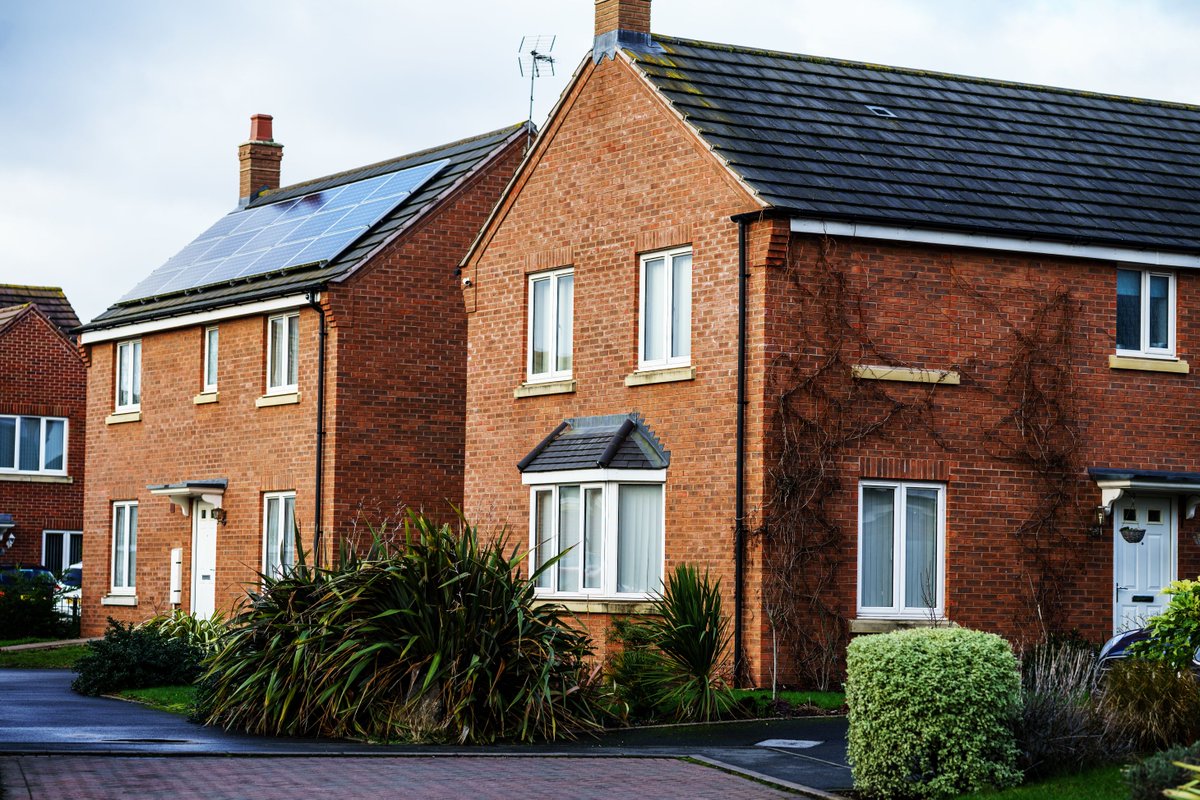How efficient are solar panels?
Solar efficiency has been improving steadily over the years, and today it is possible to buy UK solar panels with efficiencies of up to 22%, while most reach between 15-22%. The efficiency of a solar panel tells you how much sunlight the panel will be able to convert into usable electricity for your home. The higher the efficiency, the more free and renewable electricity you will be able to generate and the lower your energy bills will be. This is obviously one of the most important solar benefits to homeowners, so solar panels are tested under standard and extreme conditions in a laboratory to give an accurate measurement of how effectively they will work.

How is solar efficiency tested?
When tested under standard test conditions (STC) UK solar panels are subjected to a temperature of 25°C and an irradiance (exposure to sunlight) of 1,000 watts per m2. This is supposed to mimic a sunny day with the panel angled towards the sun at 37°. For example, a 1 m2 solar panel can produce 200 watts under these conditions; it is 20% efficient. This testing is carried out to ensure that manufacturers are producing solar panels that will be efficient and reliable in the long term, so they also need to pass extreme testing conditions.
- Panels are placed in a wind tunnel and subjected to strong winds
- Artificial hail is fired at the panels at high speed
- The panels are tested to ensure they can still operate under a certain level of snowfall
- The panels are tested to ensure that ice will not build up on the surface, i.e., that a protective coating has been applied
- The solar cells are exposed to UV light to check the rate of degradation
- Damp heat testing tests the solar panels in highly humid conditions as this can lead to corrosion and other issues
When you buy your solar panels, they will have an efficiency rating, but this is not the rating they will have throughout their lifetime. Solar cells will degrade over time, so manufacturers also provide a warranty that states the minimum efficiency the panels will deliver after a certain number of years. It’s also important to note that the efficiency achieved by solar panels in the laboratory may not represent how they will perform in real life conditions as there are several factors that can affect efficiency, such as position and shading.
Types of Solar Panels and Efficiency
There are 3 types of solar panels which are installed most commonly: monocrystalline, polycrystalline and thin film solar panels. Solar efficiency is different for each which also means that some are more costly to buy than others.

Monocrystalline Solar Panels
Monocrystalline are sometimes referred to as single-cell. The silicon cells are the purest available which delivers the highest level of efficiency under standard testing of up to 22-27%. Monocrystalline solar panels tend to be darker in colour.
Polycrystalline Solar Panels
Polycrystalline solar panels include silicon cells and are made up of a block of crystals which deliver a lower efficiency of around 15-22%. These panels are usually blue in colour and often cheaper than monocrystalline panels.
Thin Film Solar Panels
Thin film solar panels are panels of metal, plastic or glass covered in thin layers of photovoltaic cells. This makes them lightweight, faster to produce and more flexible but they have a shorter lifespan and are less efficient than monocrystalline as they deliver around 15-22% efficiency.
If you’re interested in solar panels for your home, contact us for a UK solar panels quote today.
